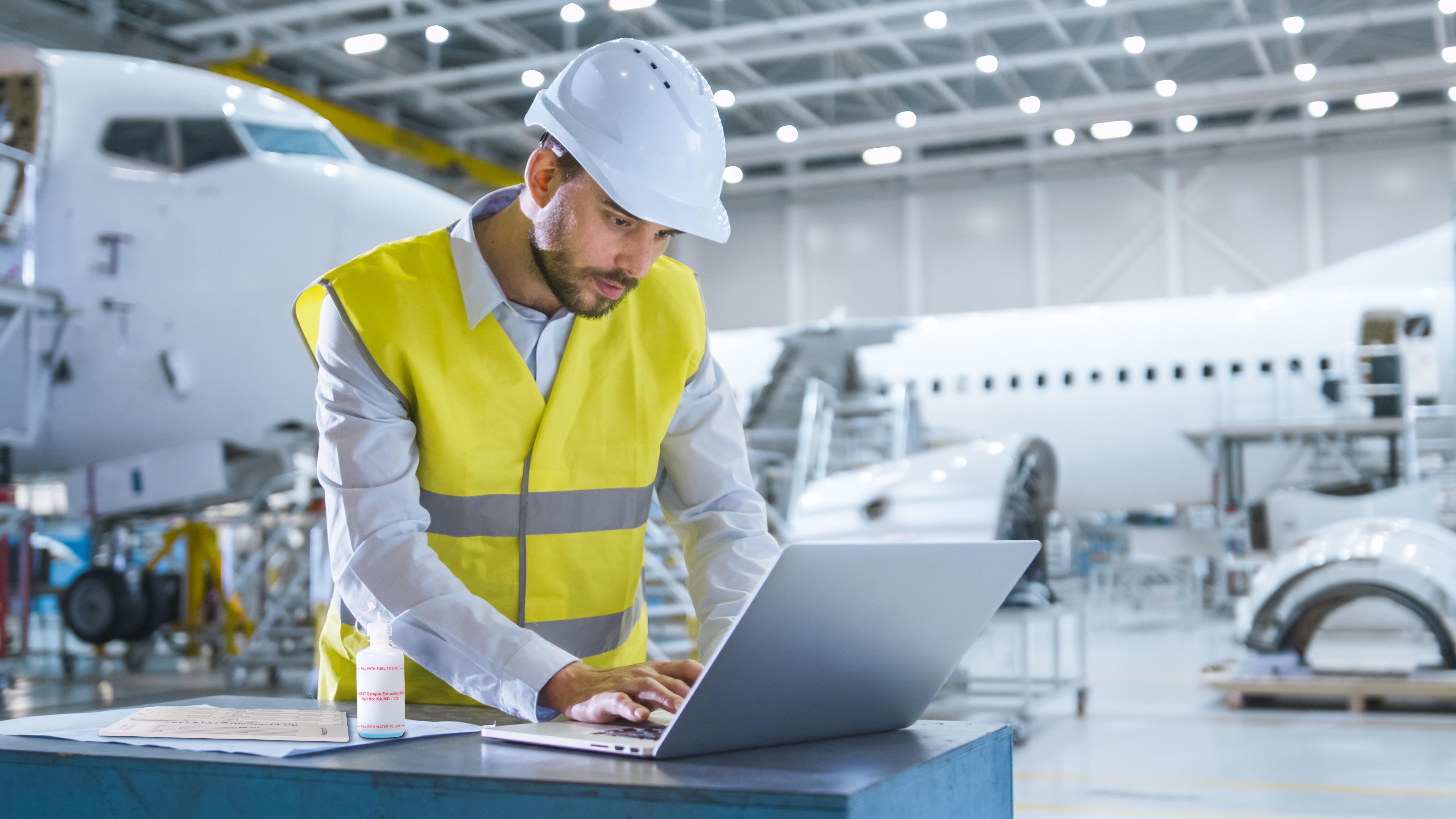停放飞机中的燃油和燃油箱将接受额外检查

燃料微生物在高温和潮湿环境中会快速繁殖。当数千架飞机停放,而不是在冷很多的高空执飞时,污染的几率比正常情况下要高。
Fuel microbes thrive in heat and humidity. At a time when thousands of aircraft are parked, and not spending time at altitude where it’s much colder, the chance of contamination is higher than normal.
如果燃油被污染,会腐蚀燃油箱并损坏机翼结构。这意味着在当前情况下,必须更加频繁地执行燃油测试,尤其是那些闲置在炎热潮湿地区的飞机。
If fuel becomes contaminated it can corrode fuel tanks and cause wing structure damage. This means fuel testing must be carried out much more frequently in the current circumstances, especially on those aircraft standing idle in hot and humid places.
国际航空运输协会(IATA)认为,热带地区(拉丁美洲、非洲、中东、东南亚和大洋洲的大部分地区)的飞机受到微生物污染的风险较高。
Aircraft in tropical areas—much of Latin America, Africa, the Middle East, Southeast Asia and Australasia—are considered to be at higher risk of microbiological contamination, according to the International Air Transport Association (IATA).
科尼迪亚生物科学公司(Conidia Bioscience)的全球航空经理David Mitchell表示,过去每年至少进行一次的测试,现在大约每隔一周就需要进行一次。
Tests that used to be done at least once per year now need to be done about every other week, according to David Mitchell, global aviation manager at Conidia Bioscience, which develops fuel tests for various industries.
除了增加测试外,操作人员正在加大油箱内视镜检查或对临时停放的飞机进行目视检查。当操作人员或MRO运行飞机以确保系统正常工作时,飞机会消耗一些燃料。这可能会在储罐中留下残留物,从而引起问题。Mitchell说:“如果由于高温或潮湿导致燃油箱中有水分,则会造成污染。”“真菌具有粘附在油箱上的能力,因此即使燃料没有污染,”停放在炎热或潮湿地区的飞机面临着越来越多的微生物污染,这需要进行额外的检查。
In addition to increased testing, operators are ramping-up fuel tank borescope or visual inspections for aircraft in a temporary parked situation. As operators or MROs run an aircraft to make sure the systems are working, the aircraft uses some fuel. This can leave residue in the tanks, which can cause problems. “If there is any moisture in the fuel tank because of heat or humidity, it can cause contamination,” Mitchell said. “The fungi has the ability to stick to the tank, so even if the fuel is free of contamination,” parked aircraft in hot or humid areas face increased microbial contamination, which warrants the extra inspections.
Mitchell说,Conidia的客户easyJet已将测试从每年一次增加到每14天一次,并且该航空公司正在21个地点进行测试,而不是一个。
Conidia customer easyJet has increased testing from once per year to once every 14 days, and the airline is testing in 21 locations instead of one, Mitchell said.
对于许多操作人员或MRO来说,更频繁的测试意味着将更多的样本发送到实验室,这是许多测试供应商仍在处理样本的地方。取燃料测试样品,送到实验室,等待结果通常需要4-10天。在新冠疫情环境中,当飞机分散在远离基地的机场周围时,这个过程不可避免地要花费更长的时间。
For many operators or MROs, more frequent testing means sending more samples to the laboratory, which is where many test providers still process samples. To take fuel test samples, send them to labs, and wait for the results ordinarily takes 4-10 days. In this COVID-19 environment, when aircraft are scattered around airfields away from home bases, the process inevitably takes longer.
Conidia进行现场燃料测试,Fuelstat。这是一种抗体测试,与妊娠测试相似,提供比色结果。Conidia说,Fuelstat涉及一个人在机翼油箱下行走,以从飞机排放点收集200毫升燃料样品,摇动混合瓶5秒钟,然后将4滴液滴注入6个测试井中。等待10分钟后,测试将提供比色结果(绿色、黄色或红色)。完成后,技术人员拍照并发送给经理。据Conidia说,整个过程需时15分钟,每盒大约花费100美元。
Conidia makes an on-site fuel test, Fuelstat. It is an antibody test that works similar to a pregnancy test, providing color-coded answers. Conidia says Fuelstat involves one person walking under the wing tanks to collect a 200-ml fuel sample from aircraft drain points, shaking the mixing bottle for five seconds, and then putting four drops into the six test wells. After waiting 10 minutes, the tests provide color-coded results (green, yellow or red). Once finished, the technician takes a picture and sends it to a manager. According to Conidia, the whole process takes 15 minutes and costs about $100 per kit.
Mitchell指出,在如今这个需要保持社交距离的特殊时期,这种可以由单人在现场提供结果的行动尤其重要。
Mitchell noted that in today’s social-distanced world, this solo operation that delivers results onsite is particularly relevant.
Aviation Week Network - 航空周刊以帮助客户成功为核心原则,为客户提供优质的新闻报道、深度的数据分析、各类全球性展会以及内容驱动的营销服务。点击击此了解航空周刊产品与服务.